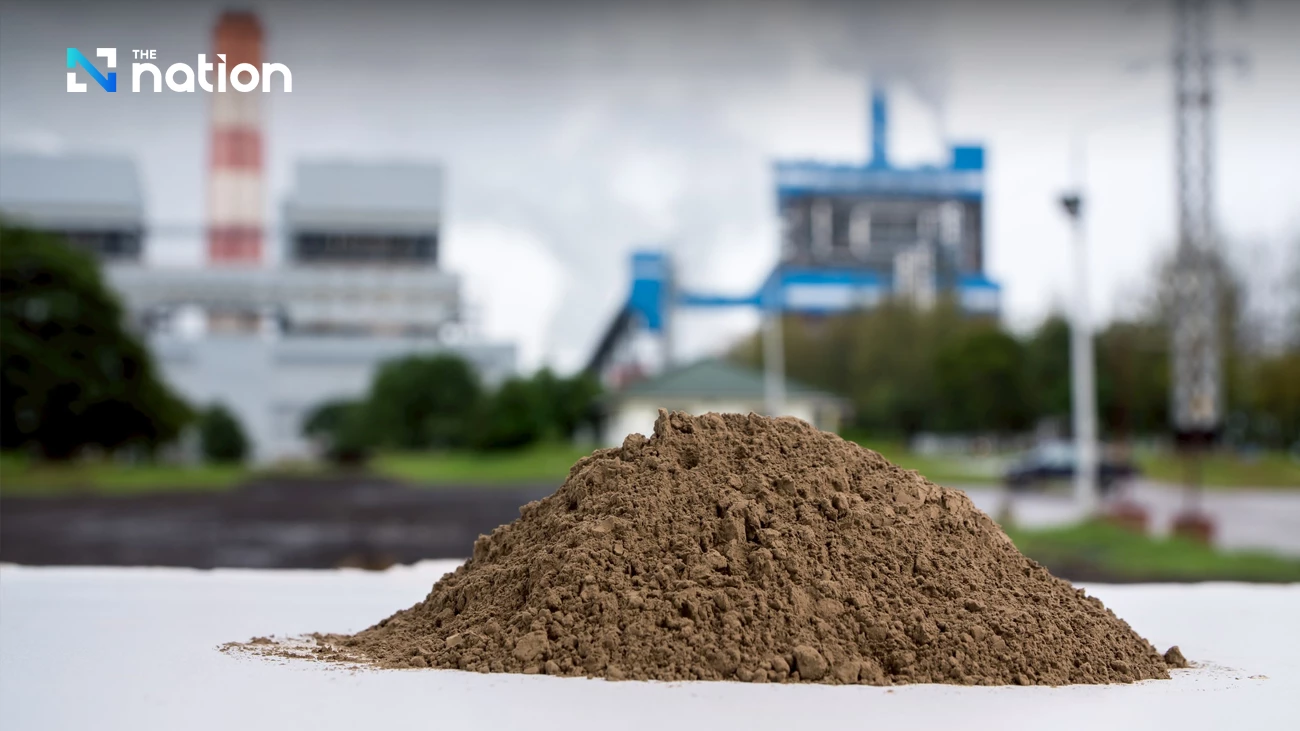
Environmental effects: a player for carbon reduction
It is most important that Egat Ashnova offers considerable environmental advantages. Each cubic meter of this alternative concrete reduces carbon dioxide emissions by 288 kilograms of 58% compared to conventional concrete production based on a cement.
This dramatic reduction is based on the elimination of the energy-intensive cement manufacturing process, in which about 8% of global CO2 emissions usually make up.
The applications are practically unlimited. EGAT has already developed Ashnova variants for interlocking blocks that are suitable for the wall construction, paving stones for pedestrian paths, ventilation blocks and railways.
The authority is actively promoting the adoption of customers who are looking for sustainable construction to sustainably with low -carbon society as part of the broader initiatives.

Circular economy in action
This conversion of power plant waste to building material is an example of the principles of the circular economy.
Instead of considering flight ash as a disposal problem that require expensive landfill solutions, Egat has redesigned it as a valuable resource that can replace virgin materials and at the same time deliver superior performance.
The broader implications extend far beyond the borders of Thailand.
Since the nations worldwide is struggling with increasing construction waste and the urgent need to decarbonize building materials, the ECTAT model offers a reproducible framework for converting industrial by-products into valuable resources.
The initiative shows how future -oriented organizations can overcome several challenges at the same time: reduction in disposal costs, the creation of valuable products and the significant reduction in carbon emissions. It is a triple victory that positions Thailand as a leader in sustainable industrial innovations.

I am happy: scaling the solution
Egat extends the Ashnova applications, works with partners to develop new product variants, and promote acceptance in the entire Thai building sector.
The authority actively applies for cooperation with organizations that work for sustainable building practices and CO2 reduction goals.
For an industry that is traditionally resistant to changes, Egat Ashnova represents a paradigm shift – which can perfectly align environmental responsibility and economic viability.
Since the global pressure reduces carbon emissions and eliminates waste, innovations like this offer hope that industrial creativity can help to solve the climate crisis while the infrastructure takes on our growing world.
The transformation of Mae Moh's flight ash of expensive waste to valuable resources shows that sometimes the best solutions are hidden in a clear look and are waiting for visionaries to exploit their potential.
When Egat wrote a new chapter in sustainable development – a concrete block.
